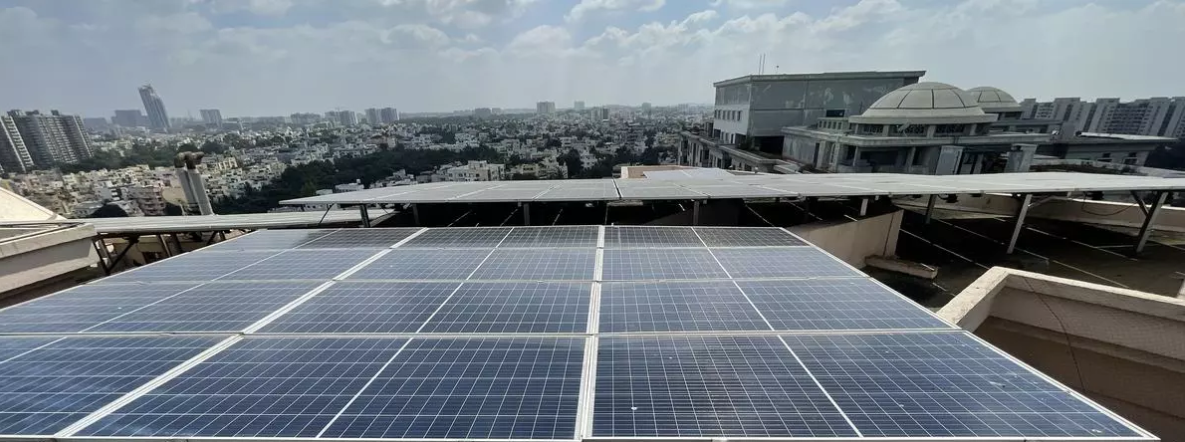Renewables driven power generation isn’t a bright idea
25 May 2023
Opinion: Sanjib Pohit.
Renewable power sources have several shortcomings which include lower efficiency in generating power and shorter life-span of the plants.
The success of India’s net zero pledge by 2070 rests heavily on successful energy transition. In the energy sector, power contributes most to greenhouse gas (GHG) emissions; roughly 50 per cent of India’s total emission emanates from the power sector.
Against this background, India has gone all out to expand installed capacity of renewable electricity, be it solar, wind, or biomass, even though there seems to a preference towards solar. And rightly so, as India is blessed with abundant sunlight for most of the year. According to the draft electricity policy, India plans to stop building new coal-fired power plants beyond those already under construction. This would be a significant victory for climate campaigners and would leave China as the only major nation openly adding new coal capacity.
However, renewable electricity has several shortcomings which are hardly mentioned in discussions.
Firstly, renewable electricity sources like solar/wind has low efficiency factor compared to fossil-based sources like gas/coal. For instance, a 100 MW solar plant (wind power) produces on an average 20 MW (30 MW) electricity. By contrast, a gas/coal-based power plant generates 80 MW. Hydro also has high efficiency in the range of 70-80 per cent. This explains why the share of renewables in power generation is stagnant at 12 per cent even though there has been a significant increase in capacity.
Shorter life-span
Secondly, the life-span of renewable power plants is much than shorter than traditional power plants. For instance, the life of a wind farm is typically 20 years and that of a solar concentrated/photovoltaic plant is 30 years. A coal (coal+ carbon capture and storage) power plant, however, can be safely operated for 40 years. The life of a nuclear power plant is even higher, at 50 years.
Thirdly, unlike in coal/nuclear based power, India is yet to be self-sufficient in the entire supply chain of solar-based electricity. Thus, fast-forwarding into renewables has the added risk of international price movements. However, on the positive side, the price of photovoltaic modules has fallen significantly in recent years.
Also, power from renewable sources exhibits large variation in a day due to vagaries of nature (wind speed, sunlight, etc). In other countries, solar/wind capacity augmentation goes hand in hand with other sources like hydro power, particularly pumped hydroelectric energy storage (PHES), for load balancing. PHES has emerged as one of the most important sources of hydroelectric energy storage used by electric power systems for load balancing. However, this does not seem to be in much favour in India. Only recently India has woken up to the grid balancing aspect and tenders are being floated for storage of electricity in batteries along with construction of renewable solar plants.
Without an efficient system of recycling/disposal of batteries, India may face a bigger risk in future. Over the years, a lot of investment has came into energy-intensive sectors from developed countries, thanks to lax environmental norms in India.
To create a level field for domestic producers, European Union is planning to impose a carbon border adjustment tax on four imported commodities (aluminium, steel, cement and chemical fertiliser) from October 2023 based on the amount of carbon emissions resulting from producing a product. A decade down the line, it will not be surprising if the list is expanded to include battery recycling/disposal, etc.
Probably, India should focus on coal-based electricity with carbon capture as we have abundant coal reserves and are on stronger footing on the technology front. The emphasis should also be on nuclear energy as the country has successfully constructed and operated nuclear plants.
The writer is Professor, NCAER. Views are personal
Published in: The Hindu Business Line, 25 May 2023






